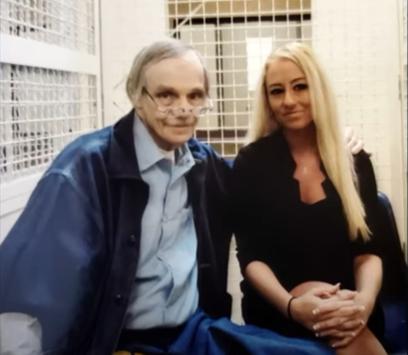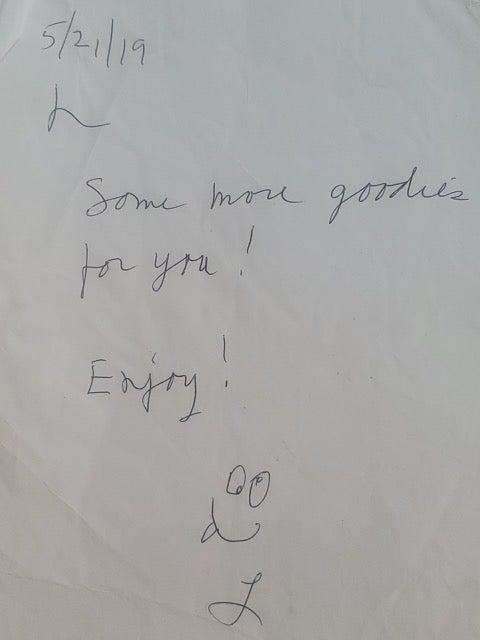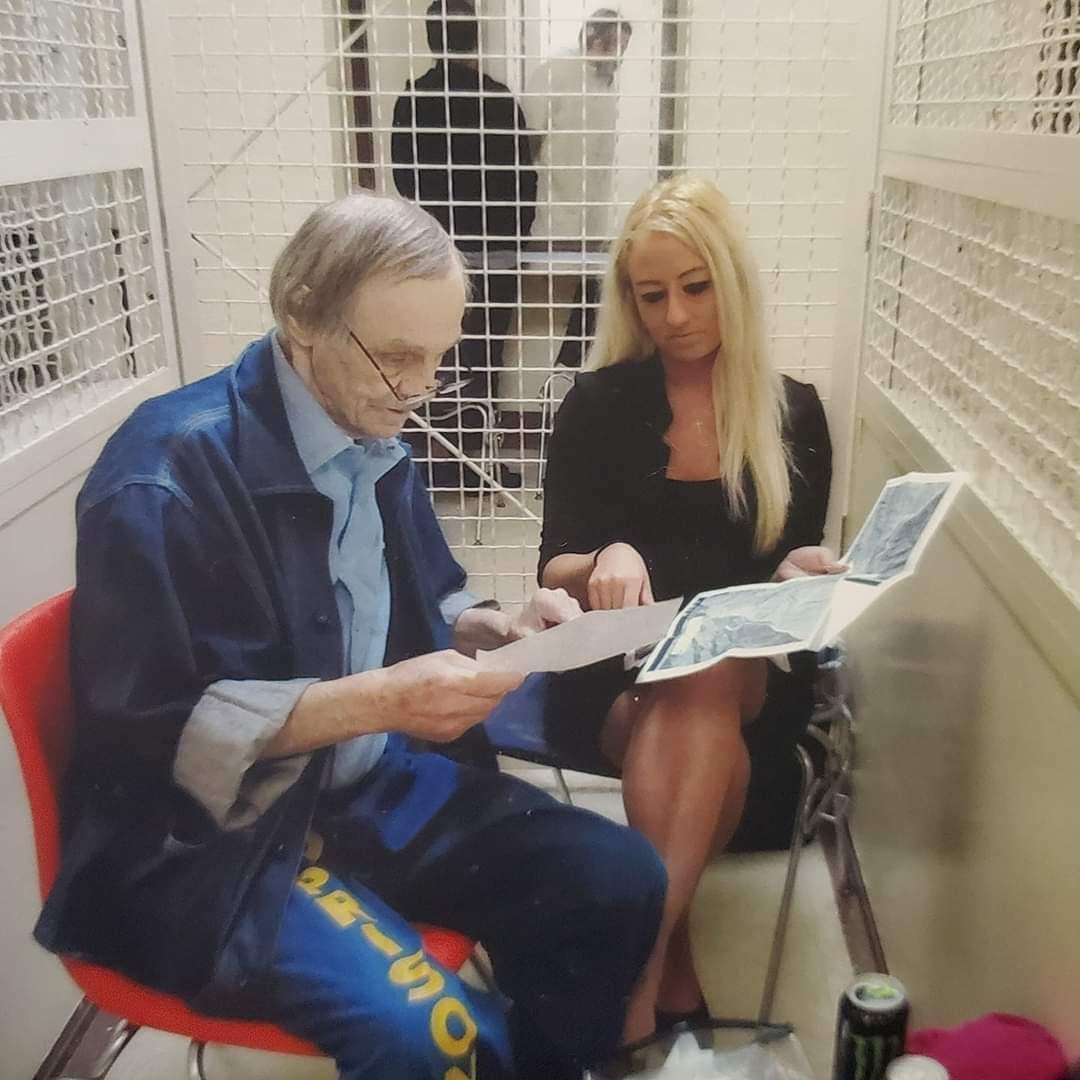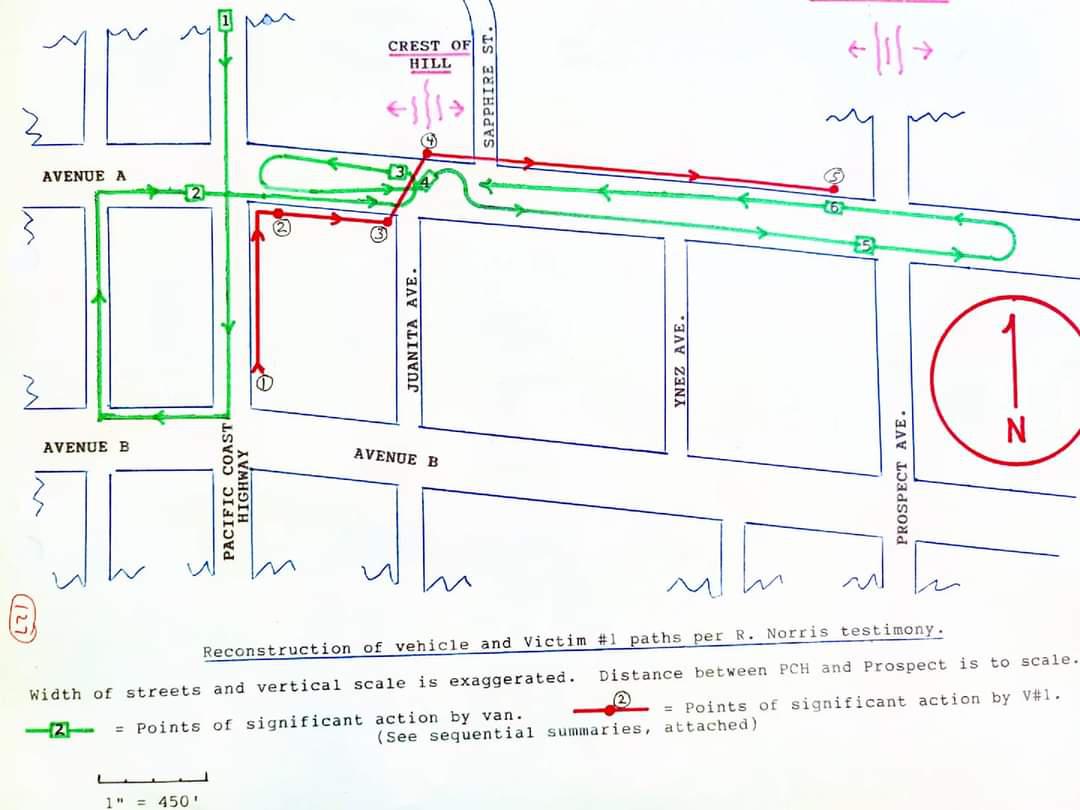UNLIMITED
Toolbox Killers: Film details murders by a criminal pair so sadistic that jurors and lawyers wept

When a rapist and a violent offender met in San Luis Obispo Men’s Colony Prison, a deadly bond was forged.
Lawrence Bittaker was serving time for stabbing a store clerk who accused him of shoplifting in 1974. Roy Norris was imprisoned for rape. They discovered a shared interest in sadism and became friends, weaving stories of rape and torture and escalating fantasies.
Once they got out, they acted on those plans – and murdered at least five teenage girls in California with unspeakable brutality. Bittaker and Norris were nicknamed the Toolbox Killers because they employed a wide array of instruments such as screwdrivers, icepicks and pliers to inflict pain and death.
If the pair hadn’t been caught, however, the horrific crimes could have escalated even further, according to a criminologist who formed a relationship with Bittaker in the hopes of gleaning the locations of missing victims’ bodies.
Laura Brand, who specializes in the study of serial killers, conducted interviews with Bittaker which inform a new documentary, The Toolbox Killer, currently streaming on various platforms.

“I’ve interviewed over 50 serial killers, but I mean, this case just stopped me dead in my tracks,” Ms Brand, 33, tells The Independent. “I had first read about it in college, and I dropped the book out of my hand ... I was like, ‘Oh my god, are these guys even human?’
“That was my first thought, because they’re like putting an ice pick in these innocent girls’ ears up in the mountains after they had just abducted them in a van.”
Bittaker and Norris killed their victims over a five-month period, kidnapping the teens – some of whom were walking home or hitchhiking at the time – and driving them to local mountains, where they would torture, rape and kill them, according to authorities.
The girls ranged from 13 to 18 years old and, in addition to their horrific torture techniques, the men filmed the crimes – which began in June 1979 with the death of Lucinda Lynn Schaefer, 16. She was followed by Andrea Joy Hall, 18; Jacqueline Doris Gilliam, 15; Jacqueline Leah Lamp, 13, and Shirley Lynette Ledford, 16.
They were only caught after Norris told another former inmate about their devious exploits. That inmate told police, which led to the pair’s arrests. Norris eventually testified against Bittaker after pleading guilty to all charges in exchange for prosecutors not seeking the death penalty against him.
A Los Angeles County jury convicted Bittaker of five counts of murder, five counts of kidnapping as well as other charges including criminal conspiracy, rape, oral copulation, sodomy and being an ex-felon in possession of a firearm. He was sentenced to death on 22 March1981 but, since California avoided executions for decades, instead died in prison in 2019.
Norris was sentenced to a term of 45 years to life and died two months later.
Despite extensive searches of the San Gabriel mountains, where the other victims were located, the bodies of Ms Hall and Ms Schaefer were never found.
That’s why criminologist Ms Brand reached out to imprisoned Bittaker. She hoped he could give her more specific details of where the teenagers had been left after their brutal attacks - and she was motivated by a personal tragedy.
“Right after my 27th birthday, my best friend was murdered,” she tells The Independent. “Right after she was murdered, the first thing I said to the detectives was, ‘Did she suffer?’ That’s all I wanted to know. And they were like, ‘She didn’t suffer’ – and I just keep thinking, Bittaker and Norris’s victims [families], they never, ever got that solace from the detectives.’

When she first contacted Bittaker, he “rebuffed” those overtures, she tells The Independent.
“He didn’t want to talk to me,” Ms Brand says. “He wouldn’t write to me, he wouldn’t call me, he wouldn’t even send me a visiting form. The only reason I even got into the prison with him [was] I had to finagle with the other serial killers inside of San Quentin to actually get the visiting form.”
She continues: “I kind of showed up at San Quentin ... and said a Hail Mary that he would even come down, because he could still say no.”
Bittaker materalised, however, and she was “shocked” - not only because he agreed to speak with her but because he was “not what you would expect at all.”
“He was so shy and timid, and he wouldn’t even look me in the eyes for a good two hours,” she tells The Independent. “I kept thinking in my head, ‘Is this really a serial killer?’”
His demeanor was “almost sheepish,” Ms Brand says. “I couldn’t believe this was like the nation’s most sadistic serial killer just sitting in front of me.”
The “matter-of-fact” answers he gave her regarding the brutal crimes, however, certainly provided insights.

“One of the most jarring things I ever heard was [when] I asked him the question: ‘Why are you a serial killer, and why am I not a serial killer? What’s the difference between us?’” she tells The Independent. “And he just looked at me point-blank and he’s like, ‘Well, do you want to kill?’ I said, ‘No.’
Bittaker told her: “That’s your answer right there ... Some people want to eat broccoli; some people don’t.”
“He made it so simplistic, but it gave me such chills how directly he said it right to me,” Ms Brand tells The Independent.
When a tape of Shirley Lynette Ledford was played in court, both jurors and lawyers cried.
“Everybody who has ever heard that tape has had it affect their lives,” prosecutor Stephen Kay, weeping, told reporters during recess. “I just picture those girls, how alone they were when they died.”
Ms Brand felt similarly.
“What they were doing to her was beyond barbaric,” she tells The Independent. “I’ve heard the 30 seconds of the tape ... and it’s just her screaming.
“It’s a visceral reaction, because you’re hearing a real-life scream. It’s so much different than what you’d hear in a horror movie. You can feel it in your gut when you’re hearing the screams.”

The brutality of Bittaker and Norris was on “another level,” she says - and strangely hard to reconcile with the timid man before her in San Quentin, especially in his final days.
“I’ll never forget, he was sitting there shaking and crying in front of me, and he’s like, ‘I’m so scared to even get an IV put in my arm’,” Ms Brand tells The Independent. “And I was like, ‘You’re scared of getting an IV and you put icepicks through girls’ ears? I couldn’t even hold back. I just said it straight out to him, because it seemed so ridiculous to me ... crying over that, after what he did.”
She last met with him about three weeks before his death and continued to press him on details about where several unlocated bodies might be - particularly Ms Schaefer and Ms Hall. But they’re not the only ones Ms Brand believes are out there.
“Bittaker did admit to me he started killing at 18, and he was arrested at 38,” she says. “So I think there is a very real possibility” the number of victims is much higher.
She says Bittaker seemed penitent before he died and more willing to share information about where his victims might be to give their families closure.
“We exchanged maps in the mail for 15 months,” Ms Brand tells The Independent. “Then, at the very end, I saw him about three weeks before he died, and we went over the maps one last time right before he died, too.”
She says she hopes that information will lead to the discovery of other victims and comfort for their families.
Bittaker “could’ve died and taken this all the to grave with him if I had not gone and spoken with him prior,” she says.






